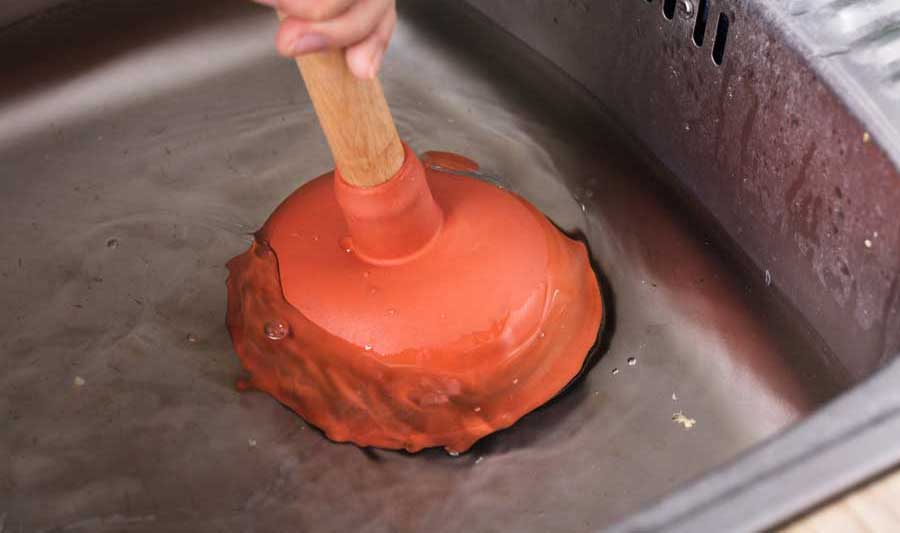
Toilet clogs happen. The good news is they are often avoidable.
We have covered the topic of what to and not to flush, but even if you follow those guidelines religiously, it happens to the best of us.
Enter the plunger.
No one thinks much about this simple household tool until they need it. It’s worth mentioning that, while it’s most closely associated with toilet clogs, it can in certain situations also be used to handle a clogged sink.
Sometimes, though, the plunger won’t help you … and sometimes it can be outright dangerous.
Some tips toward that end:
Make sure you have the right type of plunger
A sink plunger or cup plunger is pretty straightforward — it’s a cup on a stick. It works well on flat surfaces but it less suited to toilet clogs, both because of its design and it’s typically a little fragile for the amount of effort required to plunge toilets.
The flange plunger has an additional apparatus — a soft flag, or a flange — underneath the cup. It is designed to fit up to a toilet’s curves, and its handle is often a bit sturdier than that on a sink or cup plunger. The flange typically folds up into the cup, so it can also be used on sinks or bathtub drains. (It should go without saying, but we’ll say it anyway: don’t use the same plunger in your toilet and on other drains. Cross-contamination and the ensuing problems is no one’s idea of a good time.)
And then the accordion or bellows plunger, so named because it looks like, well, an accordion. It requires more oomph to maneuver but is best on tough clogs because of its design and how it fits to the problematic drain.
Do try to use biodegradable, safe drain cleaners, or even a small amount of dish soap combined with boiling water, and don’t use harsh chemicals to unclog.
Do not …
Don’t plunge a drain into which you’ve poured chemicals. Backsplash is likely, and if you like your skin, hair, nose and eyes in their current condition, keeping drain chemicals off them is imperative.
Don’t plunge too hard. More pressure than your system is designed to withstand can only cause problems.
In the event plunging doesn’t help, a plumber’s snake is an option. Crank it down until you meet resistance, and then keep cranking and rotating.
Don’t bother plunging if you flush the toilet and water or raw waste comes up into your tub or shower or another fixture on the lowest level of your house. That isn’t a toilet clog; the most likely scenario is your septic tank is full or sewer is backed up. Get us on the horn post-haste. Here’s a little more about how your septic system is designed to work.
Remember, we are here to fix whatever issues you may have with a drain or any other part of your septic and plumbing systems.

